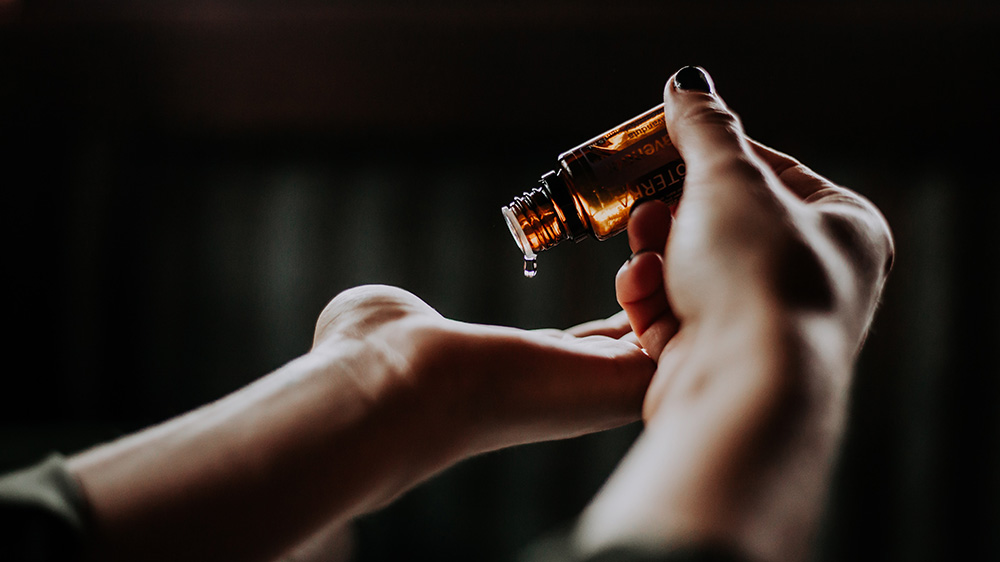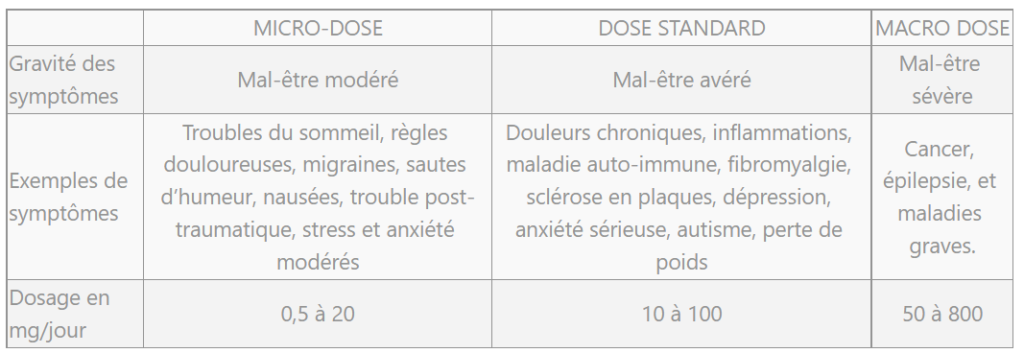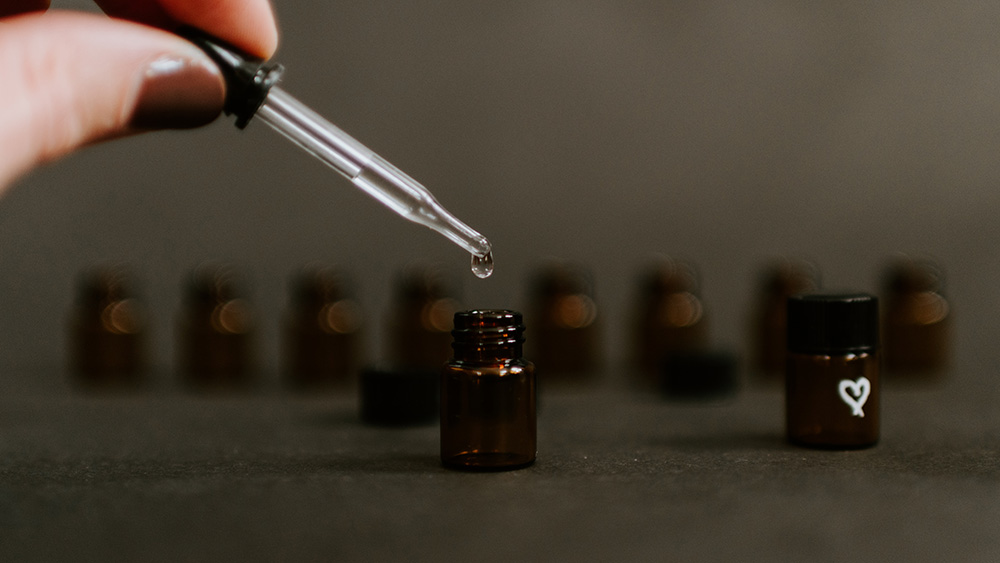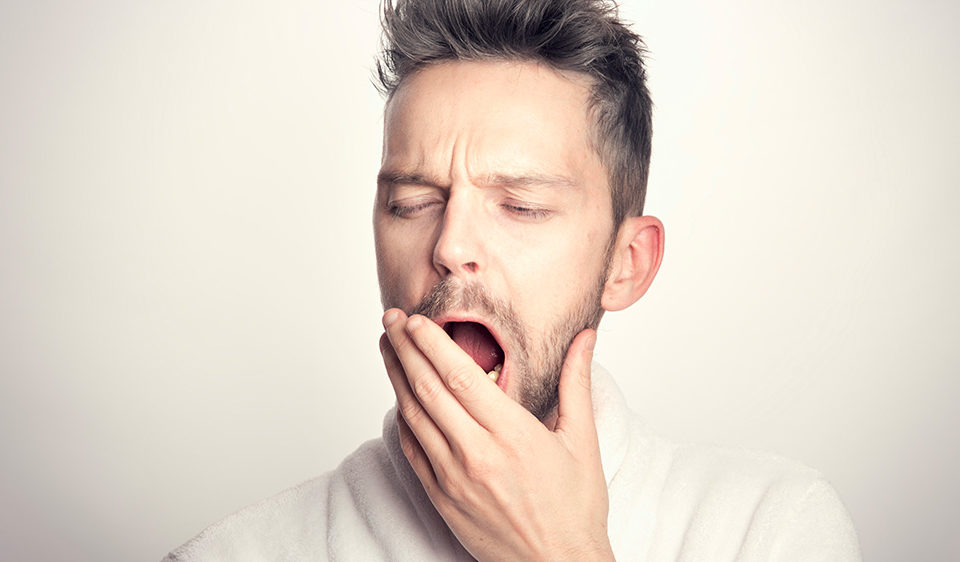
What's the best time of day to take CBD oil?
July 6, 2023
Is CBD oil effective in combating stress and anxiety?
July 6, 2023Correctly dosed, the elixir extracted from cannabis can treat a wide range of ailments, from chronic pain to stress and anxiety, and even the symptoms of serious illnesses such as cancer or epilepsy.
But to enjoy the benefits of CBD oil, you need to know how to use it! And you're well aware of this, since more and more of you are contacting us for advice on CBD oil dosage.
The Nobilis team is happy to write a practical guide to explain how to dose your CBD oil and how to calculate the number of drops you need to take per day.
Recommended dosage for CBD oil
Despite numerous scientific studies attesting to the potential therapeutic virtues of cannabis and cannabinoids, products formulated with CBD are not considered medicines.
For this reason, CBD oil has no official dosage , and it's not always easy to find a clear answer regarding CBD oil dosage and consumption.
Let's do something about that. Here are our recommendations for CBD oil dosage.
Route of administration: sublingual
You can use your CBD oil in a thousand and one ways. But it's the sublingual route that you should prefer, as CBD's bioavailability is much better than if it's absorbed orally. In fact, the liver breaks down much of the molecule. What's more, you'll feel the effects more quickly, after 30 minutes, as opposed to 1 to 2 hours by mouth.
Some recommendations for taking CBD oil sublingually:
- Place the drops under the tongue;
- Wait 30 seconds for the mucous membranes to absorb the CBD;
- Try not to swallow during this time;
- Avoid eating and drinking immediately after use.
Frequency: according to symptoms
Knowing that the effects of CBD oil last between 4 and 5 hours, the frequency of intake depends on what you want to treat.

- Once a day : just before bedtime in case of sleep problems, or just before an exam/travel/sports competition to combat stress and improve concentration;
- 3 times a day and more if necessary : preferably before meals in cases of chronic pain, pre-menstrual pain or painful periods, migraines, anxiety, stress, depression, mood swings, general malaise.
Dosage: progressive
CBD oil dosage is undoubtedly the thorniest question of all! It depends on a number of factors, such as the intensity of symptoms, weight, age, state of health, metabolism and so on.
In short, there's no such thing as a universal dosage, which is why CBD specialists agree on the following precautionary principle: start with a low dose, then gradually increase until you get the results you're looking for.
Good to know:
According to a study published in 2011 [1], CBD's efficacy follows an inverted U-shaped curve, or biphasic. In concrete terms, cannabidiol is only effective at a very specific dose: you don't need too much or too little. That's why it's important to start with a low dose.
Even so, this only partially solves the problem: what exactly does "small dose" mean?
The next few paragraphs should shed some light on the subject.
The right way to determine the right amount of CBD
Any CBD specialist will tell you: start by taking a small dose, then gradually increase depending on the effects. This is indeed the approach to take, but two questions remain unanswered:
- What dose of CBD should I start with?
- How do you gradually increase doses?
The answers can be found in a book [2] written by Leinow Leonard and Birnbaum Juliana, two medical cannabis specialists whose aim is to provide a guide to the use of CBD for therapeutic purposes.
The following paragraphs are inspired by their work.
What symptoms do you want to treat?
According to these specialists, the initial dose depends on the nature and intensity of the symptoms to be treated. As you can see in the table below, they have defined three types of dosage:

Once you know your typical profile (micro, standard or macro), all you have to do is calculate your initial dose based on your weight.
For example:
- A person suffering from sleep disorders should follow a micro-dosing regimen.
- On the first day, she should take 0.02mg/kg, or 1 mg if she weighs 50 kg.
- On day 4, if she still has no results, she will have to increase the dose to 0.06mg/kg, or 3 mg of CBD.
- And so on until an improvement is observed, as shown in the corresponding table.
How do I calculate the number of drops of CBD oil?
You now know what dose of CBD to administer depending on what you want to treat. Perfect, but there's still one little mystery to solve: how do you translate a quantity of CBD (mg) into a number of drops of oil?
5% CBD in a 10 ml bottle equals 500 mg CBD. Knowing that there are around 200 drops in a 10 ml bottle, we therefore have 2.5 mg CBD/drop (500/200). CQFD.
Useful additional information:
This table will also help you determine what concentration of CBD you should choose when purchasing your oil. Let's say your initial dose is 5 mg/CBD per day. You can: buy an oil with a 10% dosage and take one drop a day, or buy an oil with a 5% dosage and take 2 drops a day.
Is there a risk of overdosing?
The WHO has given its opinion on the safety of cannabidiol. In other words, CBD is not harmful to health. Moreover, the THC contained in full spectrum oils is too insignificant to cause any effects or harm.
Good to know:
Studies show that 1600 mg CBD/day remains a safe dose. To put this into perspective, 1600 mg of CBD is equivalent to more than half a 10 ml bottle of an oil containing 30% CBD.
Even so, taking CBD can, like any substance, lead to side effects such as:
- Loss of appetite/Gain of appetite ;
- Fatigue ;
- Drowsiness/Insomnia ;
- Diarrhea;
- Dry mouth.
If you observe these side effects, then there may be several explanations:
- You have exceeded your ideal CBD dose. In this case, we recommend stopping the cure for a few days before resuming with a low dose (micro-dosing);
- CBD may interact with any of your medications if you are taking them. In this case, consult your doctor;
- The CBD oil you bought is of poor quality and contains solvents or impurities.
Note that it's also possible that these side effects are a sign that your endocannabinoid system and your body are going through a rebalancing phase. Sometimes you have to go through a regression before you see any improvement.
Sources
[2] CBD: A patient's guide to medicinal cannabis, Leinow Leonard and Birnbaum Juliana, 2017.




